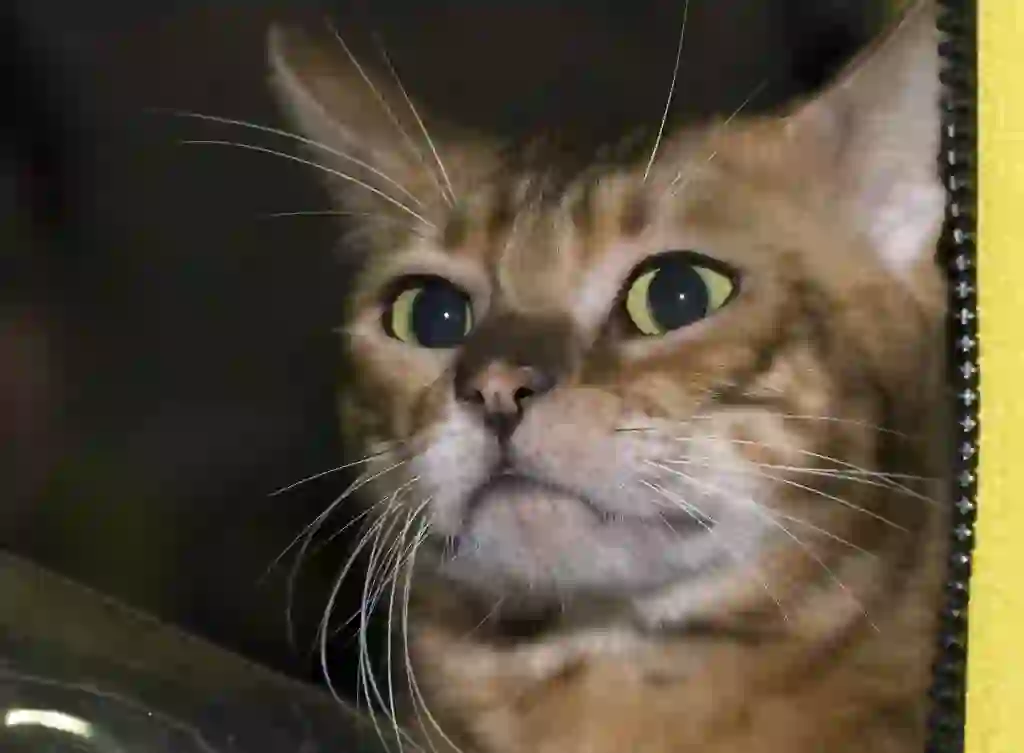
Toyger
Toyger
Toyger
「Toyger??」 It is one of the breeds that cat lovers may not be familiar with, so many people may not have heard or seen it. That’s because Toyger is a new breed that was recently born, so it is still a rare cat with low name recognition in Japan! However, its appearance, which looks just like a tiger, is very impressive and unforgettable. Why don’t you explore the secrets of the little-known Toyger?
Toyger Basic Infomation
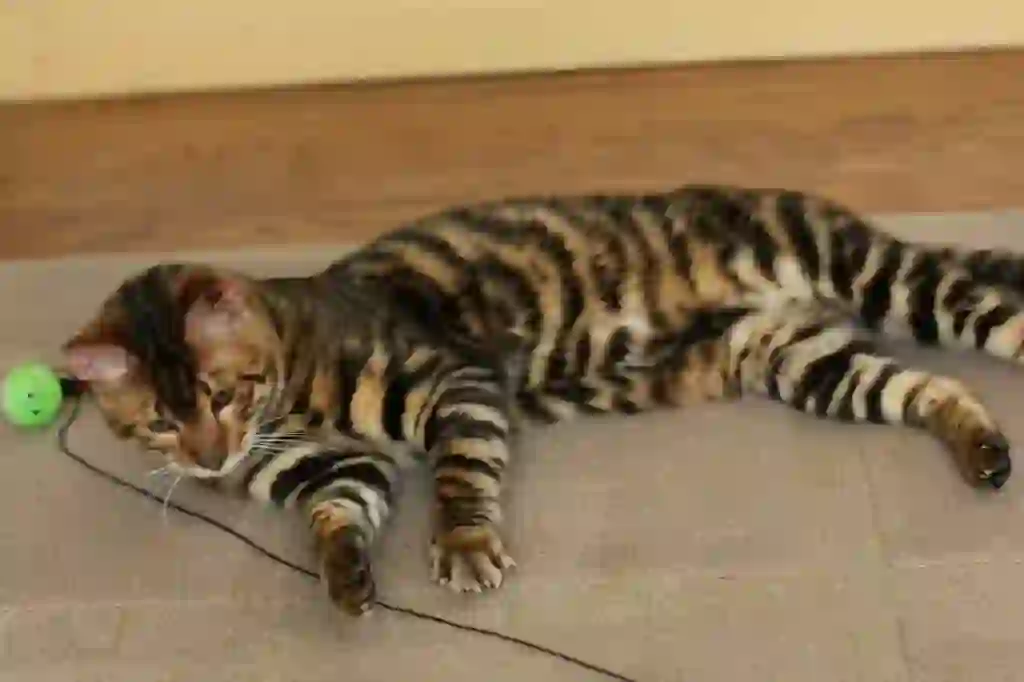
Country of origin America.
Weight 5-10kg.
Judy Sugden, who was a Bengal breeder in the United States in the 1980s, noticed one day that a kitten she had given birth to had a striped pattern like a tiger rather than a rosette pattern.
This event prompted her to create a cat with the concept of “a tiger that can be kept in a room,” and she began breeding with the help of Anthony Hutchinson and Alice Mackie, who were also breeder colleagues.
Although the kitten born by chance had a striped pattern, it seems that they continued to breed by carefully selecting about 40 cats to make them more tiger-like.
In 1993, TICA, an American cat registration organization, made a preliminary registration of Toyger, and in 2006 it was officially registered as a breed.
However, Toyger breeding is still relatively new, and its appearance as a Toyger is still unstable, with no clear striped pattern or colors that are not brown but blue or silver.
Toyger Q&A

Where does the name Toyger come from?
「Toyger」 is a combination of two words: “Toy” (meaning toy or cute) and “Tiger” (meaning tiger) .
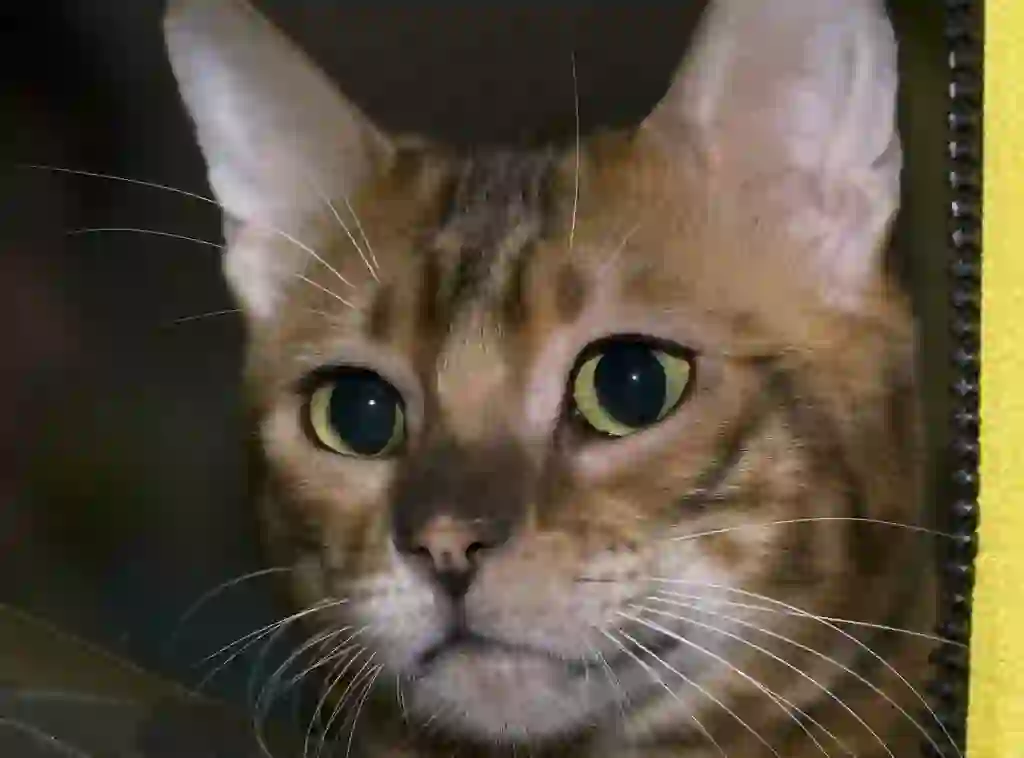
What are the color variations of the toyger?
Only brown.
・Tabby. There is a striped or spotted pattern throughout.
There are yellow, gold, green, hazel, copper, orange and odd-eye.
Toygers are only short-haired breeds.
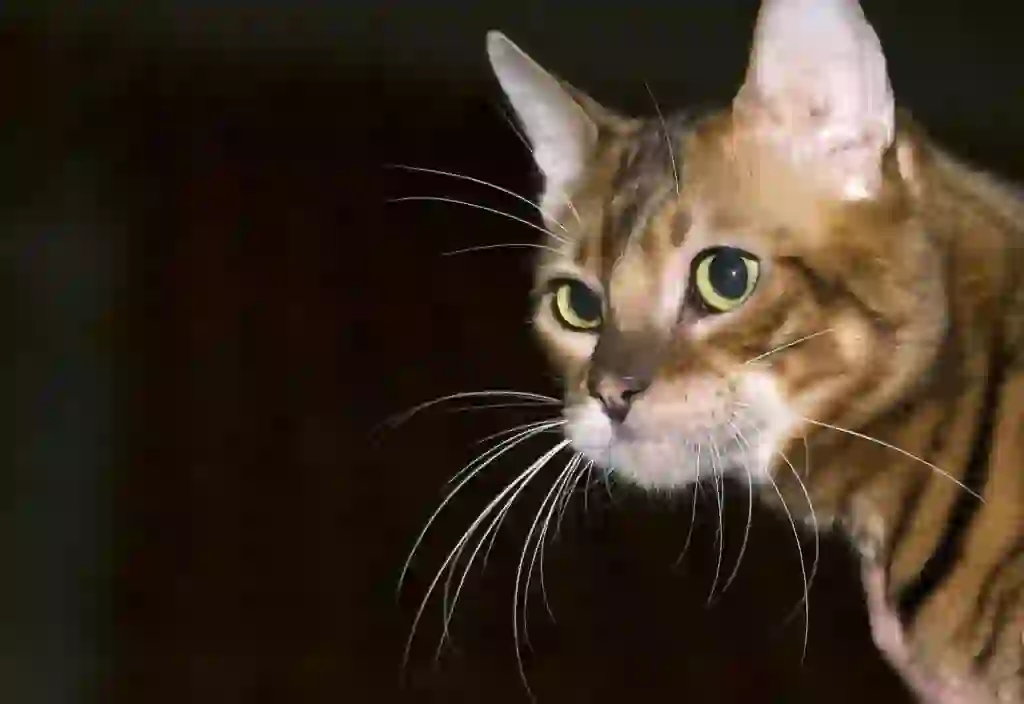
What does a toyger look like?
The head of the Toyger is medium-sized, and its body type is called semi-foreign. Its eyes are small and slanted, and its ears are also small.
It has a strong chin and thick legs, with a moderately muscular body. Its tail is straight and long, and its most distinctive feature is its striped pattern on the body that looks very similar to that of a tiger.
The tail, head, and neck have circular striped patterns, and the head also has white highlights, which are considered to be the conditions for Toyger.
The body has a striped pattern like a tiger, and there are also plenty of patterns on the belly. Its appearance can be described as “a small tiger.”
Interestingly, Toygers continue to grow even after they turn one year old.
Other cats usually become adults at around 8 months to 1 year old and stop growing there, but Toygers take 3-4 years to slowly become adults.
Cats grow quite a bit when they turn one year old, but Toygers’ growth still doesn’t stop!
By the way, other cats that grow at a slow pace include Siberians and Maine Coons.
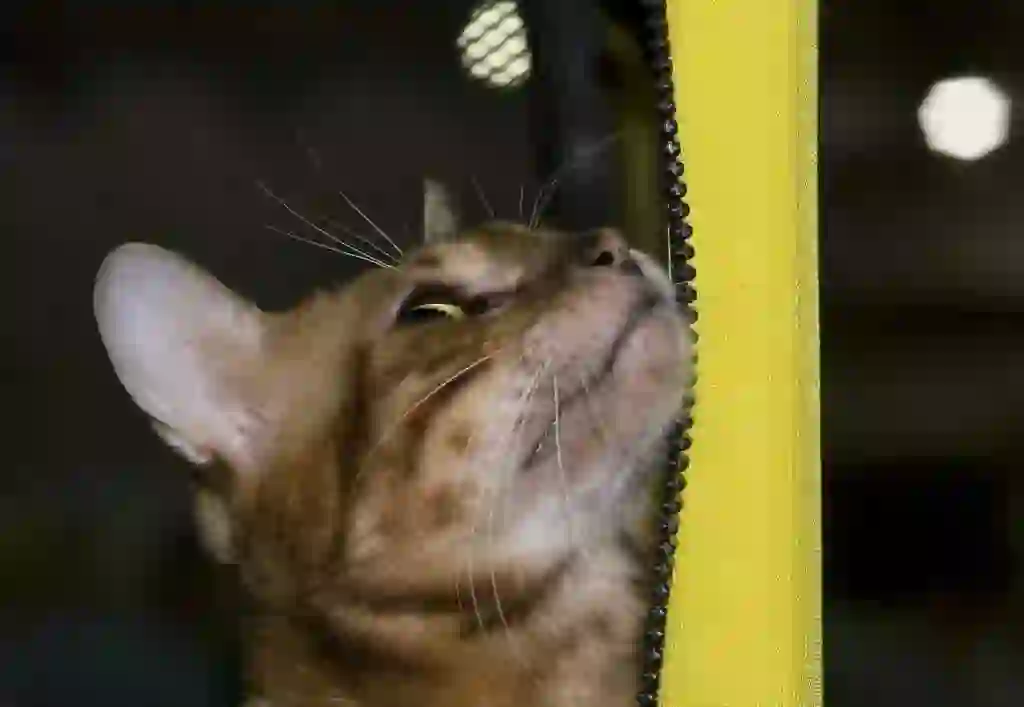
Is it true that toygers are born other than striped patterns?
That’s correct. In fact, Toygers can be born with a spotted pattern like Bengal cats, not just a striped pattern.
However, at present, only cats with striped patterns are officially recognized as Toygers, and cats with spotted patterns are not registered as Toygers.
By the way, the ancestor of the Bengal cat had a spotted pattern, and the Bengal cat that gave birth to the kitten that became the catalyst for the birth of Toygers also had a rosette pattern that looked very similar to a spotted pattern.
It is still unclear why only Toygers have a striped pattern, even though it is due to a mutation.
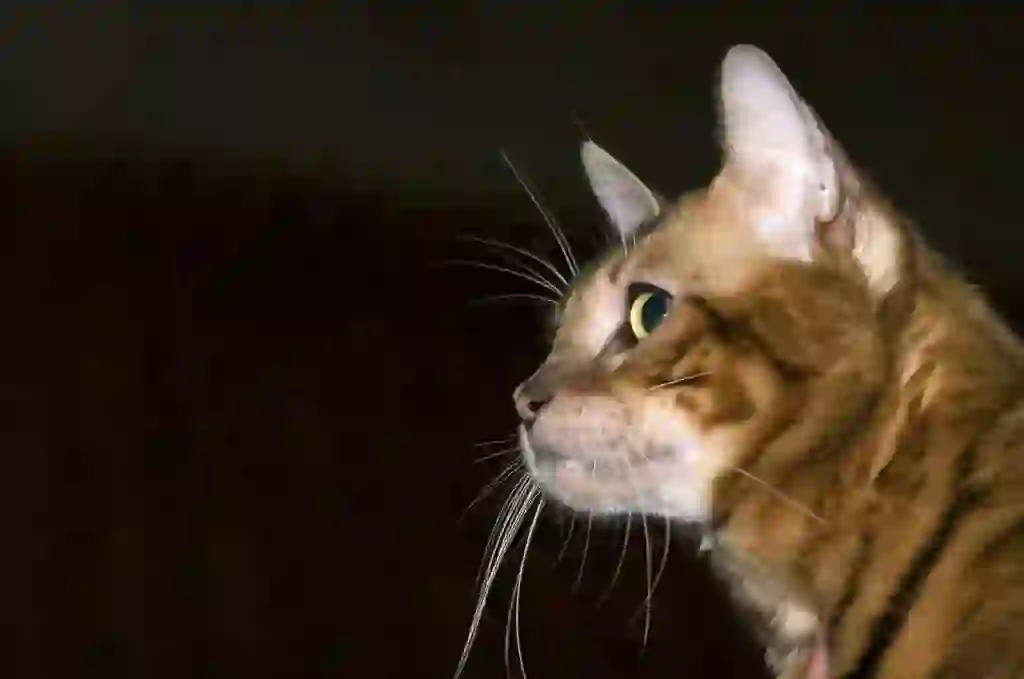
How long does it take to buy a toyger?
If you purchase a Toyger from a breeder or cattery, it will cost around 350,000 yen. The advantage of this is that you can check what kind of environment the cat grew up in and what kind of cats the parents are.
Also, the reliability of the breeder depends on their personality, so it is desirable to make a reservation and visit them.
Since you rarely see them in pet shops, it is common to buy them from breeders.
Toygers are still very rare, so they are one of the more expensive breeds among many breeds. Furthermore, there are several conditions that can cause the price to vary:
・Being a kitten. ・Having excellent lineage. ・Having a rare pattern.
There are other conditions as well, but mainly if they meet the above conditions, the price tends to be higher. Some Toygers have even been priced at over 600,000 yen.
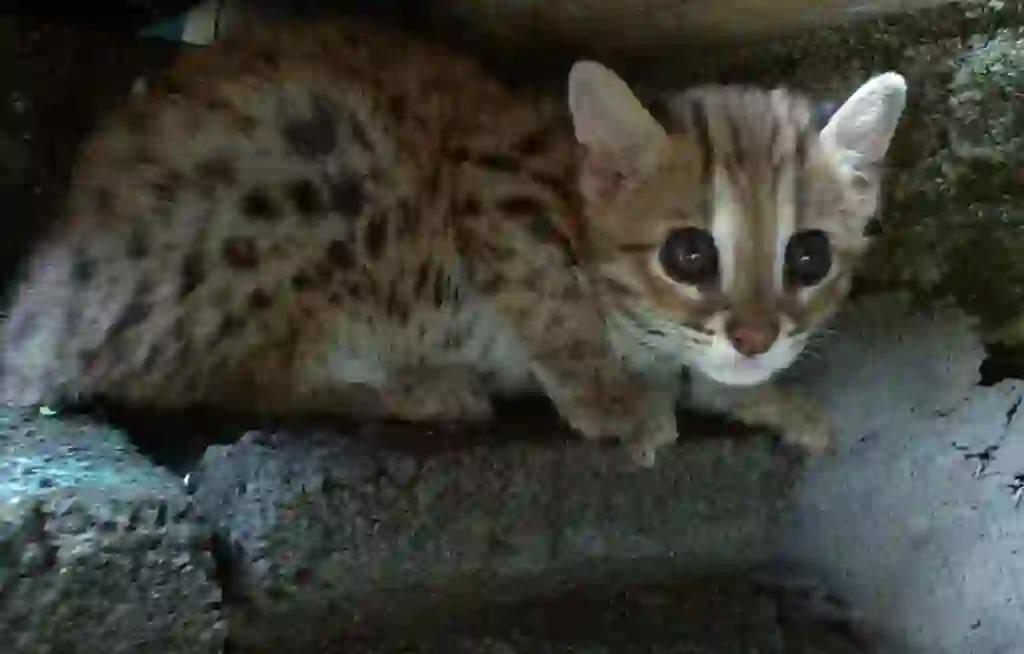
I want to know more about the personality and characteristics of the toyger!
Toygers look very similar to tigers, but they have a gentle temperament because they have been bred as pets.
They often become obedient and attached to their owners, so they learn training well.
Toygers are very active and full of energy because they indirectly inherit the blood of Bengal cats, which are wild cats.
Also, Toygers have a lot of variation in personality depending on the individual, which is another characteristic of the breed.
Toygers need a large space where they can exercise and a cat tower that allows them to move up and down.
Because they are wild cats, they are stronger than other breeds, so they may be a bit difficult for first-time cat owners.
However, they can be kept with other cats in some cases, so they are suitable for those who have experience raising cats or want a rare breed.
Males are generally more curious and energetic, while females are calmer and have a more laid-back personality.
Of course, there are cases where the personalities of males and females are completely opposite, and especially with Toygers, as mentioned earlier, there is a large difference in personality due to individual differences. So it’s best to remember this as a reference only.
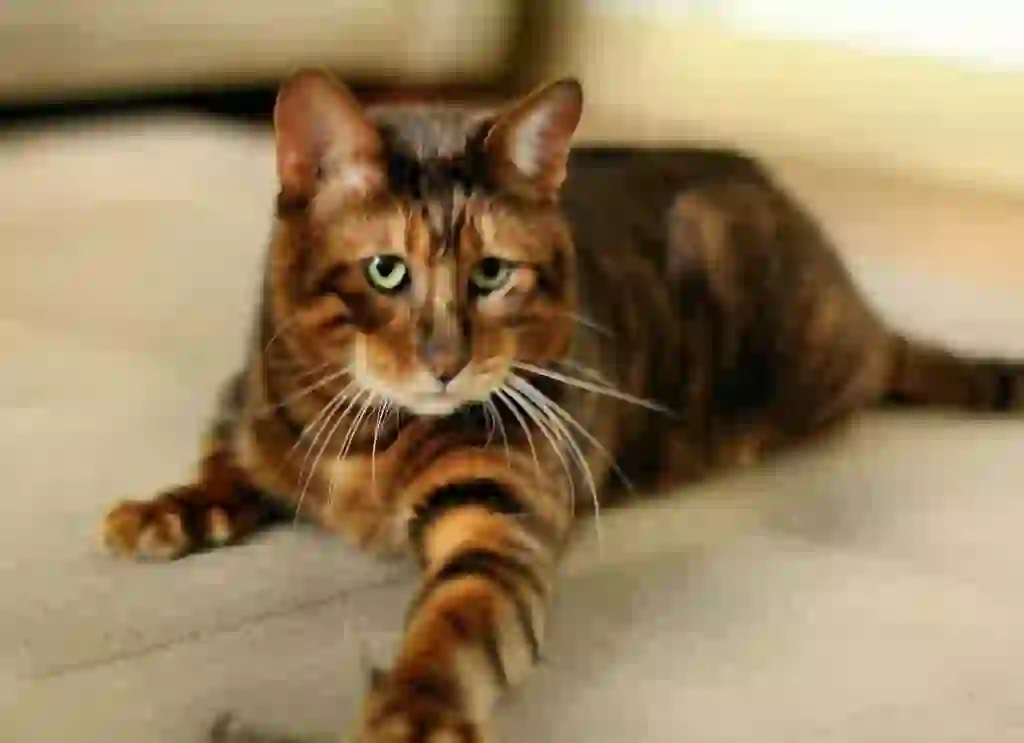
What diseases are toygers susceptible to?
Since Toygers are a new breed, it is not yet known whether they are susceptible to any hereditary diseases.
However, here we will introduce “lower urinary tract disease” and “chronic kidney disease.”
These are general terms for diseases that all cats are susceptible to, not just Toygers.
Specific diseases include “urinary tract stones” and “cystitis.”
Cats do not have a habit of drinking a lot of water due to their ancient habits. Therefore, they are more likely to develop urinary tract diseases because their kidneys are more likely to be burdened.
Having a burden on the kidneys can also lead to the development of “chronic kidney disease.”
This is a disease in which inflammation occurs in the kidneys due to aging or some other cause, and eventually they stop functioning.
To prevent this disease, it is desirable to receive regular health checkups.
Since there is no groundbreaking treatment for chronic kidney disease, it is difficult to cure it completely, but if it is found early, it can be slowed down by symptomatic treatment.
In addition, there are daily habits that can help prevent it, such as using a circulating water dispenser, feeding wet food that contains a lot of moisture, and not giving too many snacks. Please try to keep these in mind.
※Hereditary diseases are diseases that occur due to mutations in chromosomes or genes.
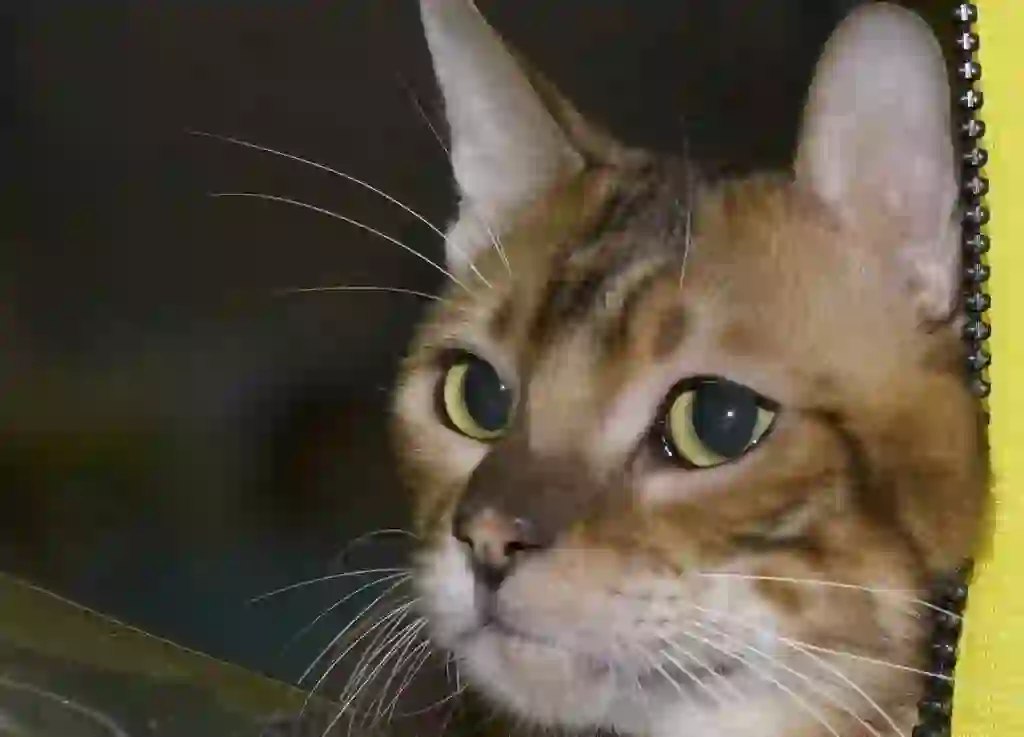
How long does a toyger last?
Toygers are said to have a lifespan of 12-15 years. The average lifespan of a cat is 12-16 years, so there is not much difference compared to the average lifespan.

Would you like to become a part of the 'Animalbook.jp'?
Turn your knowledge into Q&A and share it with the world. ※Publication will be activated after purchase. Let's share information together!
Toyger Type of List
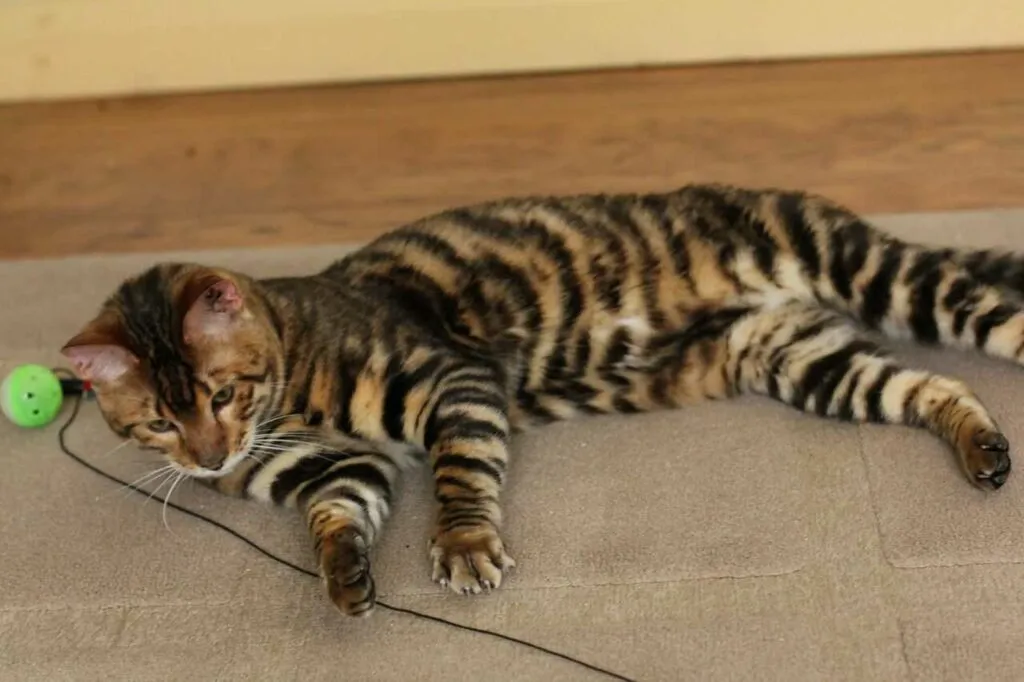
- Toyger
Information
Congratulations! You are the first commenter!

Create Your Favorite List!
Toyger
Save the animals you love! Build your own list to quickly revisit your favorites later.

Would you like to leave a comment?
※Please note: This is for the purchase of rights to post comments within the article.
Find Your Favorites!
Our shop offers a unique and attractive selection of goods themed around various animals.
Toyger References

- 世界中で愛される美しすぎる猫図鑑 監修 今泉忠明
- 猫との暮らし大百科 https://www.anicom-sompo.co.jp/nekonoshiori/
- みんなの猫図鑑 https://www.min-nekozukan.com/
- Pet Smile news forネコちゃん http://psnews.jp/cat/
- 子猫のへや https://www.konekono-heya.com/sitemap.html
- Petop! https://petopi.jp/cat/2548
- ペトハピ https://pet-happy.jp/breeder/post-28777.html
- ねこちゃんホンポ https://nekochan.jp/
- 公益社団法人 埼玉県獣医師会 https://www.saitama-vma.org/topics/猫の遺伝性疾患について/
Toyger Introduction of media used

Help Enrich Our Animalbook.jp with Your Media!
We are constantly looking to expand and enrich our Animalbook.jp with amazing photos and videos of animals. If you have any media that you'd like to share, please contribute and help us showcase the beauty and diversity of the animal kingdom. Your submissions will be credited and featured in our encyclopedia, reaching a wide audience of animal lovers.
















